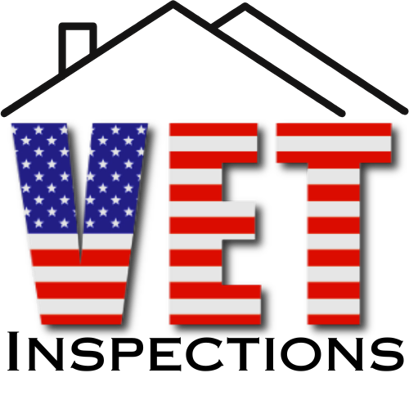The Hidden Risks of Skipping a Home Inspection
The Hidden Risks of Skipping a Home Inspection
As a certified Professional Home Inspector and owner of Vet Inspections, I understand the vital importance of a thorough home inspection when buying a property. In this blog post, we'll delve into the critical role home inspections play in the real estate market by comparing three different scenarios. These examples will highlight the potential consequences of not getting a home inspection, the advantages of having one, and the long-term cost implications.
Home 1: The Informed Buyer
In our first scenario, a wise homebuyer opted for a comprehensive home inspection. During the inspection, several issues were discovered, ranging from minor repairs to significant concerns. Thanks to the early identification of these problems, the buyer was able to negotiate with the seller, who agreed to cover the cost of necessary repairs. The result? A smooth transaction, a properly maintained home, and peace of mind.
Home 2: The Costly Oversight
In the second case, a different buyer skipped the home inspection process entirely. They purchased the property without any knowledge of its true condition. After moving in, they were hit with a staggering $100,000 in unexpected repair costs. The absence of an inspection not only strained their finances but also created a mountain of stress and uncertainty. This serves as a stark reminder of the perils of forgoing a home inspection.
Home 3: Negotiating a Better Deal
Our final example showcases a buyer who chose to have a home inspection. While the inspection did reveal a few significant issues, the buyer used this information to their advantage. They negotiated a reduced purchase price to account for the upcoming repairs. By making an informed decision, this homeowner not only acquired the property but also ensured that their investment remained financially sound.
Evaluating the Real Cost of Ownership
Let's break down the real cost of ownership for these three homes, assuming they were all initially purchased for the same amount:
1. Home 1: This buyer spent money on a home inspection upfront, but the seller covered the repair costs. They enjoyed a hassle-free transition into their new home and avoided unexpected expenses. The real cost of ownership remained in line with their initial investment.
2. Home 2: The buyer who skipped the inspection faced a staggering $100,000 in unexpected repair costs. Their real cost of ownership far exceeded the initial purchase price, illustrating the immense risk of not conducting an inspection.
3. Home 3: This buyer also invested in a home inspection, which revealed repair needs. However, they negotiated a reduced purchase price, effectively mitigating the cost of repairs. Their real cost of ownership was manageable and aligned with their budget.
In conclusion, these scenarios emphasize the pivotal role of a home inspection in the home-buying process. Skipping an inspection can lead to financial and emotional distress while having one can provide valuable insights and negotiation leverage. When considering the real cost of ownership, investing in a home inspection proves to be a wise decision, ultimately ensuring a smoother, more secure homeownership experience. Don't gamble with the unknown; always opt for a home inspection to protect your investment and your peace of mind.

